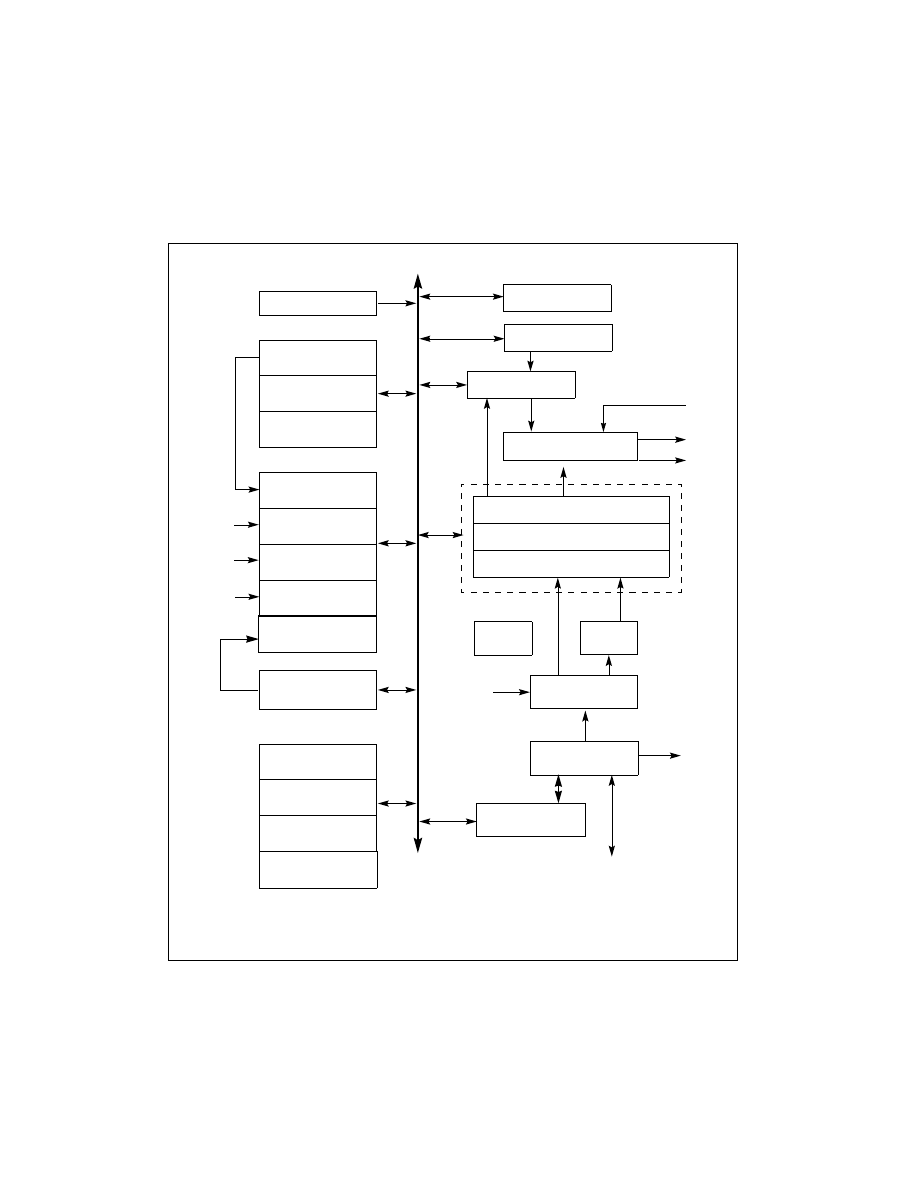
Vol. 3A 10-5
ADVANCED PROGRAMMABLE INTERRUPT CONTROLLER (APIC)
NOTE
For P6 family, Pentium 4, and Intel Xeon processors, the APIC handles all memory accesses to
addresses within the 4-KByte APIC register space internally and no external bus cycles are
produced. For the Pentium processors with an on-chip APIC, bus cycles are produced for accesses
to the APIC register space. Thus, for software intended to run on Pentium processors, system
software should explicitly not map the APIC register space to regular system memory. Doing so can
result in an invalid opcode exception (#UD) being generated or unpredictable execution.
Table 10-1 shows how the APIC registers are mapped into the 4-KByte APIC register space. Registers are 32 bits,
64 bits, or 256 bits in width; all are aligned on 128-bit boundaries. All 32-bit registers should be accessed using
128-bit aligned 32-bit loads or stores. Some processors may support loads and stores of less than 32 bits to some
of the APIC registers. This is model specific behavior and is not guaranteed to work on all processors. Any
Figure 10-4. Local APIC Structure
Current Count
Register
Initial Count
Register
Divide Configuration
Register
Version Register
Error Status
Register
In-Service Register (ISR)
Vector
Decode
Interrupt Command
Register (ICR)
Acceptance
Logic
Vec[3:0]
& TMR Bit
Register
Select
INIT
NMI
SMI
Protocol
Translation Logic
Dest. Mode
& Vector
Processor System Bus
3
APIC ID
Register
Logical Destination
Register
Destination Format
Register
Timer
Local
Interrupts 0,1
Performance
Monitoring Counters
1
Error
Timer
Local Vector Table
DATA/ADDR
Prioritizer
Task Priority Register
EOI Register
INTR
EXTINT
INTA
LINT0/1
1. Introduced in P6 family processors.
Thermal Sensor
2
2. Introduced in the Pentium 4 and Intel Xeon processors.
Perf. Mon.
Thermal
(Internal
Interrupt)
Sensor
(Internal
Interrupt)
Spurious Vector
Register
Local
Interrupts
3. Three-wire APIC bus in P6 family and Pentium processors.
To
CPU
Core
From
CPU
Core
Interrupt Request Register (IRR)
Trigger Mode Register (TMR)
To
CPU
Core
Processor Priority
Register
4. Not implemented in Pentium 4 and Intel Xeon processors.
Arb. ID
Register
4